What is Power Factor Correction, and does My facility need it?
What is Power Factor?
Power factor is a measure of how effectively your facility is using electricity. This can be figured out by comparing your facilities working power and reactive power. Working power is the power used in almost all commonplace electrical appliances and is measured in kilowatts (kW). Reactive power is used to operate an inductive load like a motor or compressor. Reactive power is considered “non-working” power. This is measured in KiloVolt-amperes-reactive (kVAR).
All homes and business use a mixture of these two types of power mentioned above. This mix of power types is referred to as apparent power. To calculate apparent power, you can use the formula KVA2 = kV * A. To calculate your power factor, you take the ratio of working power to apparent power. PF = kW/kVA. A high power factor benefits both you and your electrical utility, while a low PF does nothing but cause problems and waste money. The closer your power factor is to 1, the better your facility is at utilizing its electricity.
Why Should You Care About Power Factor?
An unsatisfactory amount of power factor control at your facility can cause you and your utility a myriad of issues. Utilities will penalize you with fines for having to deal with your poor power utilization, your transformers or cables could overheat, and a poor leading power factor will cause generator instability.
If you are able to correct your power factor to a satisfactory level you can free up system capacity, improve voltage regulation, improve power systems efficiency, increase power system component longevity, run cooler and more efficient motors, lower your utility bill, and free up standby generator capacity.
What Causes Poor Power Factor?
Poor power factor can be caused by induction motors running less than full loads, using severely oversized motors, transformers with little to no load, induction or arc furnaces, thermal treatment machines, welding machines; or voltage levels above your equipment’s rating, resulting in a higher reactive power consumption.
How Can You Improve Poor Power Factor?
There are many ways to improve power factor. Their effectiveness depends on your facilities specific needs. Capacitors are the main way most facilities correct their low power factor. The effects of capacitors cancel out the reactive power caused by inductance. Usually these capacitors are installed on the load side of the motor so it only affects the motor in question. Motors under 20HP are not equipped with a capacitor, unless this is the largest size of motor in the facility.
Switched capacitors are also an option if your facility utilizes large, intermittent inductive loads. These capacitors are only working when the motor load is turned on. Switching capability is only required if the capacitors used are so large that they cause leading power factor during the times when the motors are off.
In addition to capacitors, some facilities will utilize active harmonic filters, static VAR generators, or BUS-type active filters to help improve poor power factor caused by harmonics.
A few things you can do to improve power factor that don’t involve purchasing and installing capacitors are: minimizing the operation of idling or lightly loaded equipment, replacing old motors with energy efficient ones, operating motors near their rated capacity, and avoid operating equipment above its rated voltage.
For a more in-depth lesson on Power Factor Control, watch our webinar
Got More Power Factor Questions? We Can Help!
Call 800-595-5315 Or Connect With Our Expert Technicians Here:
Other Articles
- Local University Uses EMC VFDs to Keep Facilities Running
- Power Factor Correction
- Which Type of Automatic Transfer Switch Will Work Best for Me?



Craig is the Vice President of Engineering at Energy Management Corporation. He is a Professional Engineer (PE) and carries over 30 years of experience in the world of electrical automation. Besides amassing an impressive amount of knowledge in his magnificent brain, he is also a Master Scuba Diver (MSD), a performing magician, and a professional DJ. Truly a man of many talents.

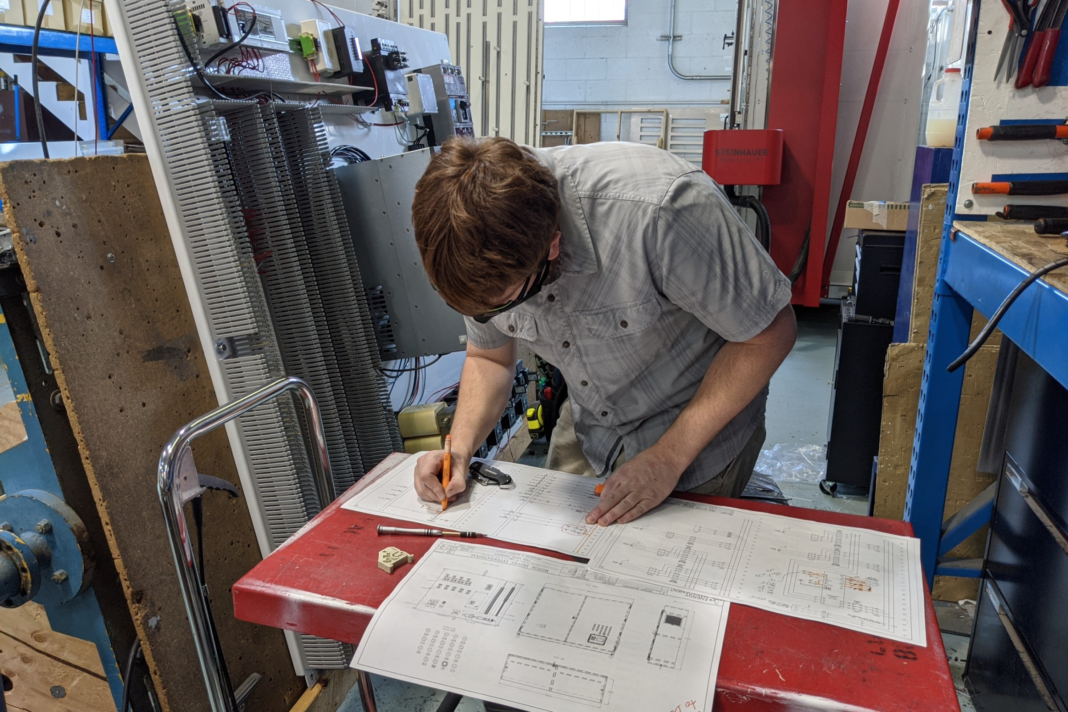

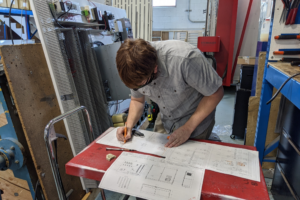
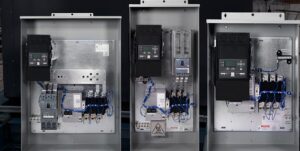

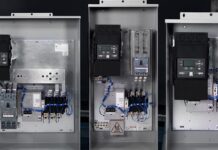
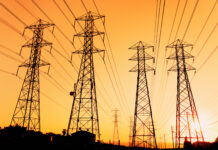
Poor power factor means you need to draw more power from the electricity networks to do the same work, and the cables need to be larger so it’s going to cost more. Thanks for sharing this with us.